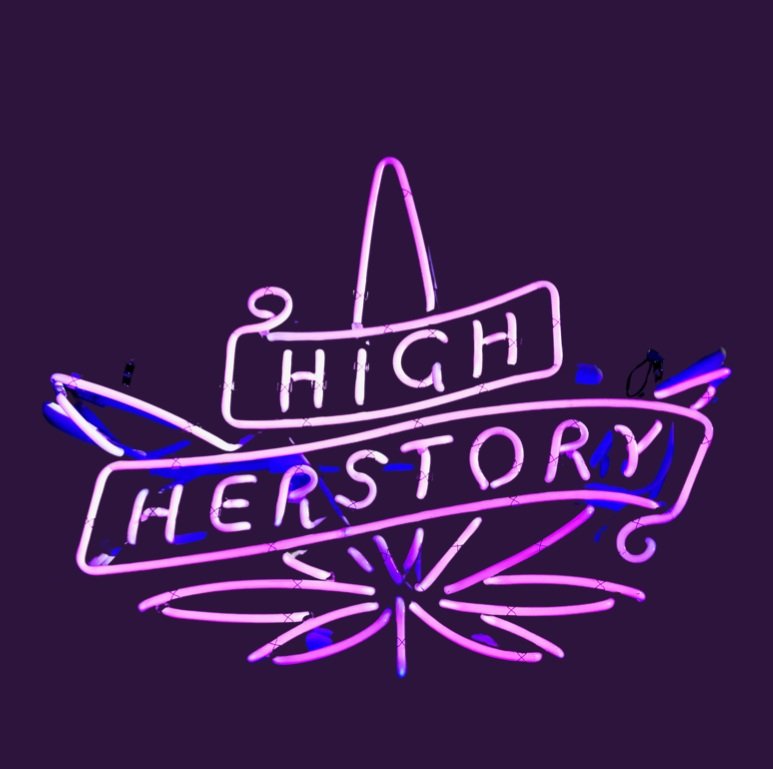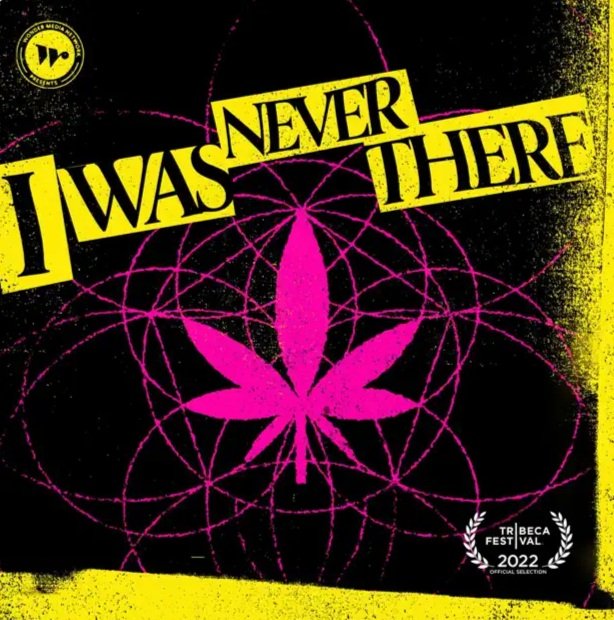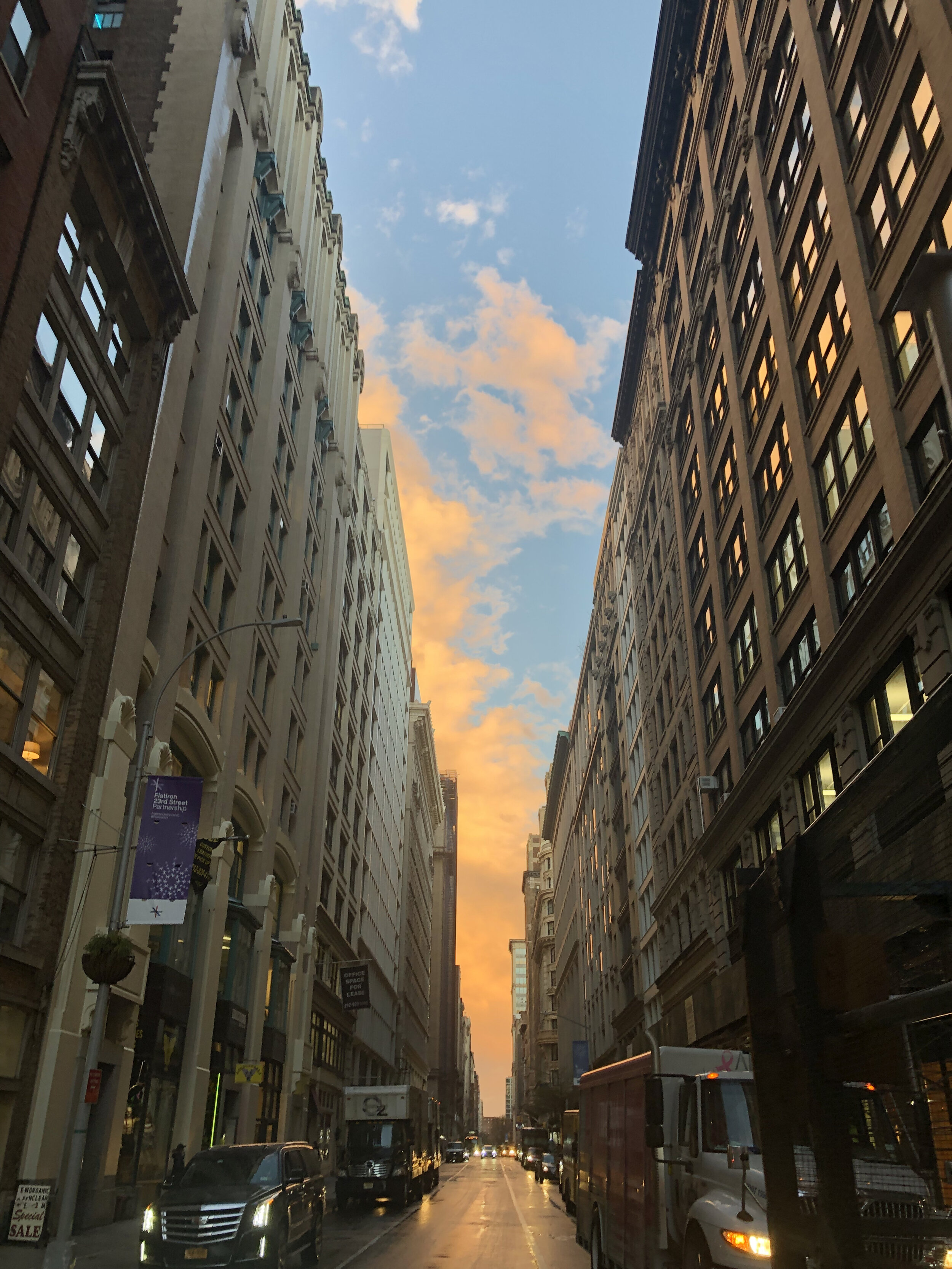High Herstory creates space for women & femmes who love weed while bringing to life meaningful, stigma-changing content at the intersection of cannabis and culture.
Hilarious Weed Memes for Stoner Girls: Elevate Your Mood with These Funny Stoner Girl Memes
If you like weed and laughter you probably also know that memes are life and you deserve good things. So here are 35 weed memes tailored for stoner girls to make you smile. Which one is your favorite?
Learn the story of Miss Major Griffin Gracie, a Transgender Rights Advocate, from Aaliyah Ei, a non-binary Xicana model, activist, and cannabis lover.
Miss Major Griffin-Gracie is a transgender human rights activist who has been braving the fight for marginalized folks for over 40 years now!
How to Be a Weed Mom: Advice from Mothers who are Destigmatizing Cannabis
We asked cannabis mothers what advice they would give to other mothers who might be self-conscious about their cannabis use. Here are their responses.
Cannabis and Psychedelic Investing with Noa Kahner, CEO of Kahner Global
As Founder and CEO of Kahner Global, a company specializing in curating high-level investor conferences, webinars, and private events in the cannabis and psychedelics space, Noa Kahner follows a mission to bring the utmost quality and integrity to her company's events.
This New True Crime Podcast, Hosted by a Mother & Daughter, Seeks to Find Out What Really Happened to Marsha “Mudd” Ferber
When Marsha “Mudd” Ferber disappeared without a trace 34 years ago from Morgantown, West Virginia authorities could not solve the case even though she was a beloved member of their small town community. “I Was Never There” is a new crime/thriller podcast hosted by mother-daughter duo Karen and Jamie Zelermyer and it is as much a true crime show as it is an ode to Appalachian counterculture movements of the 1970s and 1980s.
New Moon Rituals and How to Use Astrology to Manifest All of Your Desires + A Playlist by DJ .Moonflower.
A New Moon is the beginning of the Lunar Cycle and it's the most cosmically appropriate time to rest, reflect and set intentions for what you would like to Manifest. Here’s your Guide to all the New Moons of 2022.
This CEO found herself dissatisfied with the cannabis options available to her, so she created a brand: Nidhi Lucky Handa of LEUNE
As Leune’s founder and CEO, Nidhi Lucky Handa is a WOC entrepreneur and cannabis consumer, who found herself dissatisfied with the options available to her and sought to create a brand that would appeal to a wider demographic, not just men and "super stoners."
How Founder of Edie Parker Flower, Brett Heyman, is Speaking to Cannabis Consumers in a Way No One Has Before
Since the brand’s inception, Edie Parker has used the highest quality materials to create original pieces that speak for themselves. We were lucky enough to interview their founder, Brett Heyman, and get her thoughts about the luxury cannabis space and learn more about how her brand is creating space for consumers who love quality flower and accessories.
How This Female Entrepreneur Aims to Change the Industry Standards with Minimalistic and Approachable Weed Accessories
Since its launch in 2017, Session Goods has introduced multiple products like a pipe, bong, and one-hitter, that are thoughtfully designed and don’t feel taboo. We were lucky enough to interview their CEO & Founding Partner, Esther LeNoir Ramirez about the ideology behind the brand and about what’s next for them.
10 Famous Women Who Have Used Weed
If you’ve ever wondered which celebrities have used cannabis, you’ve come to the right place. Ellen Komp, author of the book Tokin’ Women: A 4000-Year Herstory, has compiled her research into a list that will remind you that celebrities enjoy weed, just like us!
Music Sounds Better With Weed: A Series, by Brice Birdsall
In this column, Brice Birdsall of In Between Agencies focuses on music and weed, pairing strains with songs to compliment your smoking sessions. Music is a tool the same way that weed is. Both can enhance an experience and when used together there’s a moment where the listening experience transcends the realms it was previously bound to.
Cannabis-friendly Parenting: Are '420 Moms' the New 'Wine Moms?'
Imagine if a mom posted a photo on Instagram of her smoking a joint with her son across the living room playing with his toys? She can surely expect her inbox to be jammed with hate mail. However, no one will care if she drinks red wine during the day. After all, “wine is good for the heart.”
Canna Culture: Interview with Jess Poulin of High on Feminism
Jess Poulin, the founder of Woke Media, launched a new podcast called High On Feminism. Featuring female entrepreneurs across industries, along with female-owned and operated Cannabis/CBD brands, HOF aims to bring women to the forefront of the Business conversation, and allow for the education of the Cannabis industry especially among female consumers.
Canna Culture: Director Windy Borman, “Mary Janes: The Women of Weed”
Windy Borman, is a multi-award-winning director and producer, as well the founder of DVA Productions, a socially conscious production company. She is currently the Executive Producer and Director of the groundbreaking documentary, "Mary Janes: The Women of Weed".
Canna Industry: Mennlay Golokeh Aggrey Author & Xula Co-Founder
Mennlay Golokeh Aggrey is the author of The Art of Weed Butter, co-host of Broccoli Magazine's podcast Broccoli Talk and the co-founder of one of our favorite CBD brands, Xula. Through her visibility, she hopes to create more space for Black women and femmes in the cannabis industry.
Weed Diaries: Brooklyn Wake & Bake
Every wonder how people smoke weed? Learn about the habits of people who consume cannabis - How often do people smoke weed? When do they use cannabis and how much? What are they consuming? We asked real-life cannabis consumers to write about a day in their lives to see how, why and when they use weed so you can learn more about canna culture.
Interview: CBD Entrepreneur, Alexis Rosenbaum
Alexis Rosenbaum, founder of Rosebud CBD, provides her insight, experience, and business savvy to the cannabis industry. Learn about life as an entrepreneur, the women of cannabis who inspire her, what sets Rosebud apart, and what she believes is the biggest misconception about CBD.
Women Spies You Didn't Know About: History's Unknown Black Female Spies
When most people think of spies, they think of James Bond, Jason Bourne, and Jack Bauer. However, women have been the backbone of the intelligence community for years, fighting for equality and recognition. Black women have made vital contributions to the cause of freedom and liberty, and they've done so in the face of oppression. Here are some Black female spies that history books have likely forgotten about.
Activists and founders of cannabis brand, PussyWeed
With their mission of safety and fellowship in the cannabis space, it’s clear to see why Pussy Weed has made such an impact on the New York cannabis community. Education, advocacy and community through incredible content and normalization are at the heart of their mission. You will also love PussyWeed’s groovy grinders, stash jars, hats and limited edition candles.
Home Baked: My Mom, Marijuana, and the Stoning of San Francisco Author, Alia Volz, opens up about what it was like to grow up with parents who made medical marijuana history.
Alia Volz is the author of the new memoir “Home Baked: My Mom, Marijuana, and the Stoning of San Francisco”, is interviewed about modern day canna-culture.




































Let’s be real, it’s always a good time to support Black and WOC-owned businesses and not only during Black History Month! We rounded up of some of our favorite brands. We hope this shopping guide helps you find the perfect gift for yourself of your loved ones.